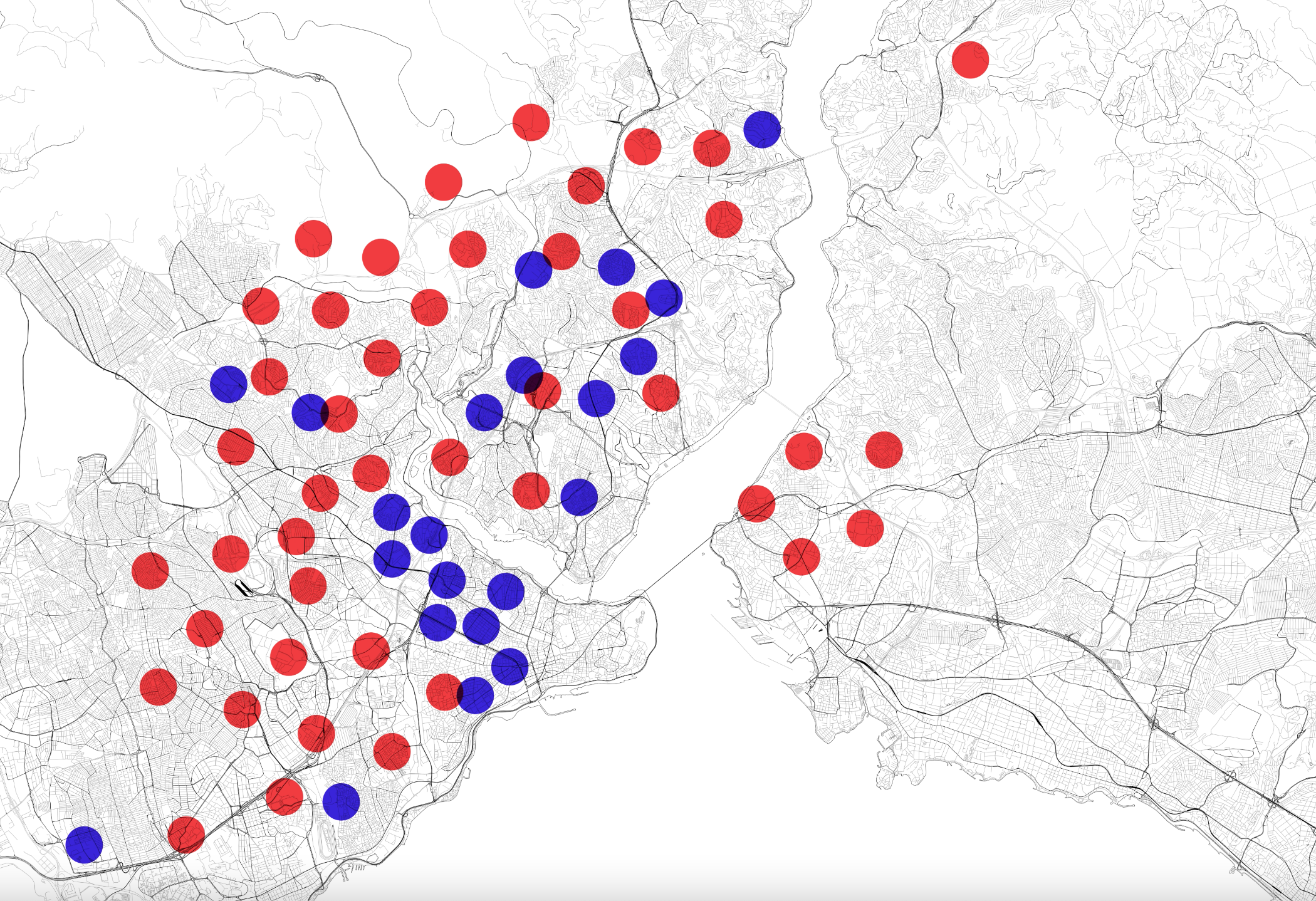An earthquake-resilient school project is raising spatial awareness, too
According to the Turkish International Contracting Services Activities 2023 Report published by the Turkish Contractors Association, the share of the construction sector in the Turkish economy, which accounts for approximately 6% of the Gross Domestic Product and creates 1.5 million jobs, climbs to 30% when the effects on other sectors are considered. These are very significant numbers.
On the other hand, according to a 2010 Parliamentary Research Report, the Marmara Earthquake of 1999, which killed 18,373 people and affected 16 million people to varying degrees, occurred in a large and important industrial region of Turkey, causing great distress both in the affected area and the wider country. For Istanbul, the heart of Turkey, it was a harbinger of the coming Great Marmara Earthquake. While the settlements located on the North Anatolian Fault Line, especially Istanbul, were waiting in fear for this great earthquake, some efforts were made to mitigate its destructive impact, albeit inadequate for this metropolis. Serious revisions were made to earthquake-related segments of construction regulations, construction supervision bodies were introduced across Turkey, and urban transformation projects transformed some cities, particularly Istanbul, into construction sites.
Despite all this, the Earthquake Doublet of February 6, 2023, that hit Turkey (and Syria) on the southern segment of the Eastern Anatolia Fault once again revealed the poor quality of the general building stock. Although the relevant regulations exceed the standards in Japan, there is a lack of quality implementation and supervision, leading to a huge disaster. Spanning 11 provinces (350,000 square kilometers, about the size of Germany), this earthquake, which according to official records killed 53,537 people, affected the lives of millions, completely destroyed or rendered unusable 518,000 buildings, and once again highlighted that while Turkey is an earthquake-prone country, it is simply not prepared for such events.
What if Istanbul were hit by a major earthquake again?
We will discuss a long-term project that was initiated in response to the 1999 Marmara Earthquake. At first glance, the inclusion of earthquakes in the context of SEE’s climate crisis-focused publication may seem controversial. However, when considering the potential consequences of a major earthquake in Istanbul – a city with a registered population of 15.46 million as of December 2020, rising to over 20 million when including the estimated unregistered population – the connection becomes clear. The destruction of Istanbul, the heart of the country’s economy and a geopolitically significant global city, would not only bring life to a standstill but also disrupt essential systems such as communication, transportation, healthcare, security, housing, and hygiene. Additionally, secondary disasters such as fires, explosions, and toxic fumes from collapsing buildings would have severe environmental consequences. The combined impact of these factors makes it evident that the issue cannot be seen as separate from the global climate crisis.
ISMEP – the Istanbul Seismic Risk Mitigation and Emergency Preparedness Project – was launched after the 1999 earthquake and is implemented by the Istanbul Project Coordination Unit (IPCU). It assesses the earthquake resistance of public buildings in Istanbul, demolishes those that cannot be retrofitted, and reconstructs them on-site.
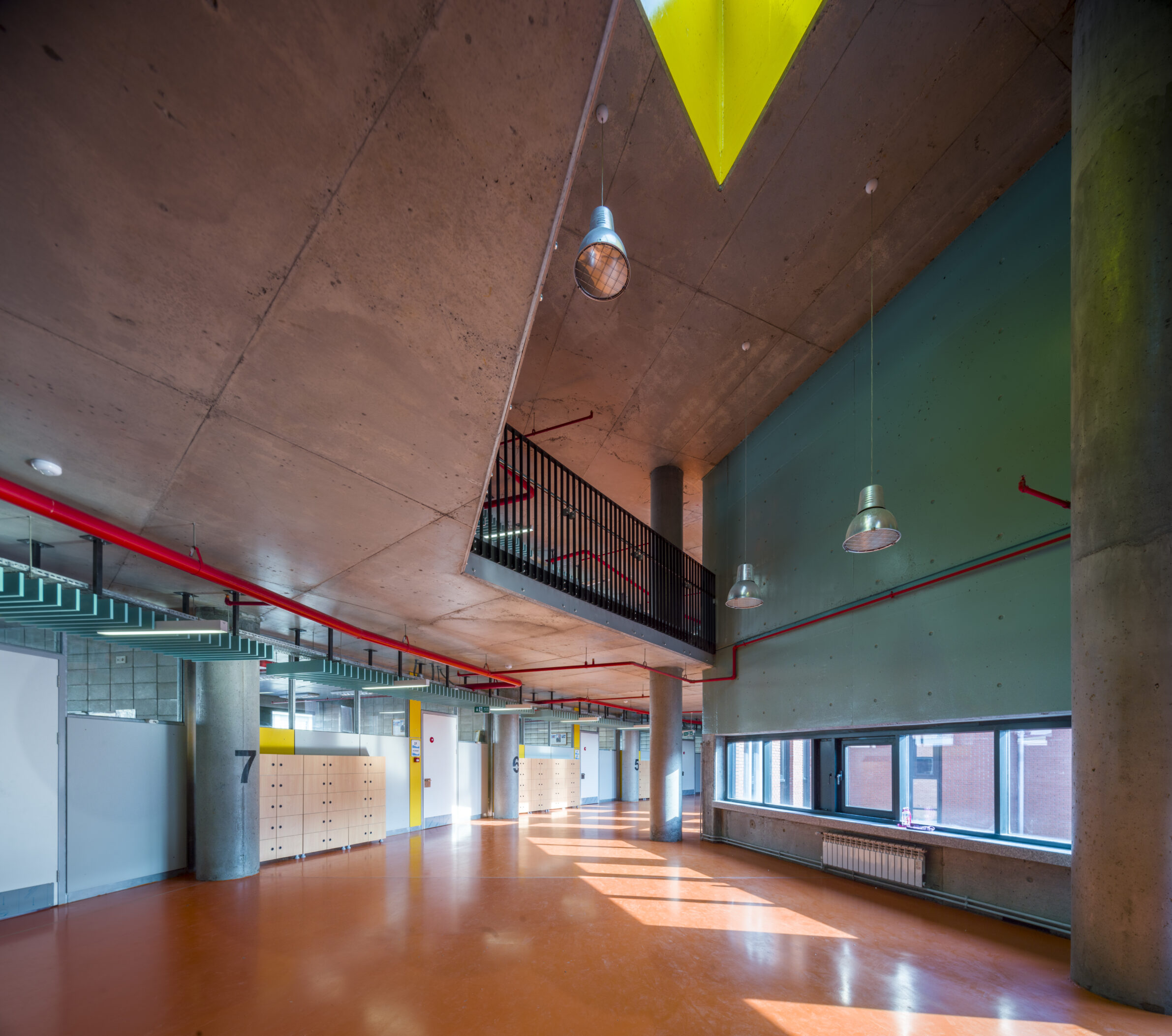
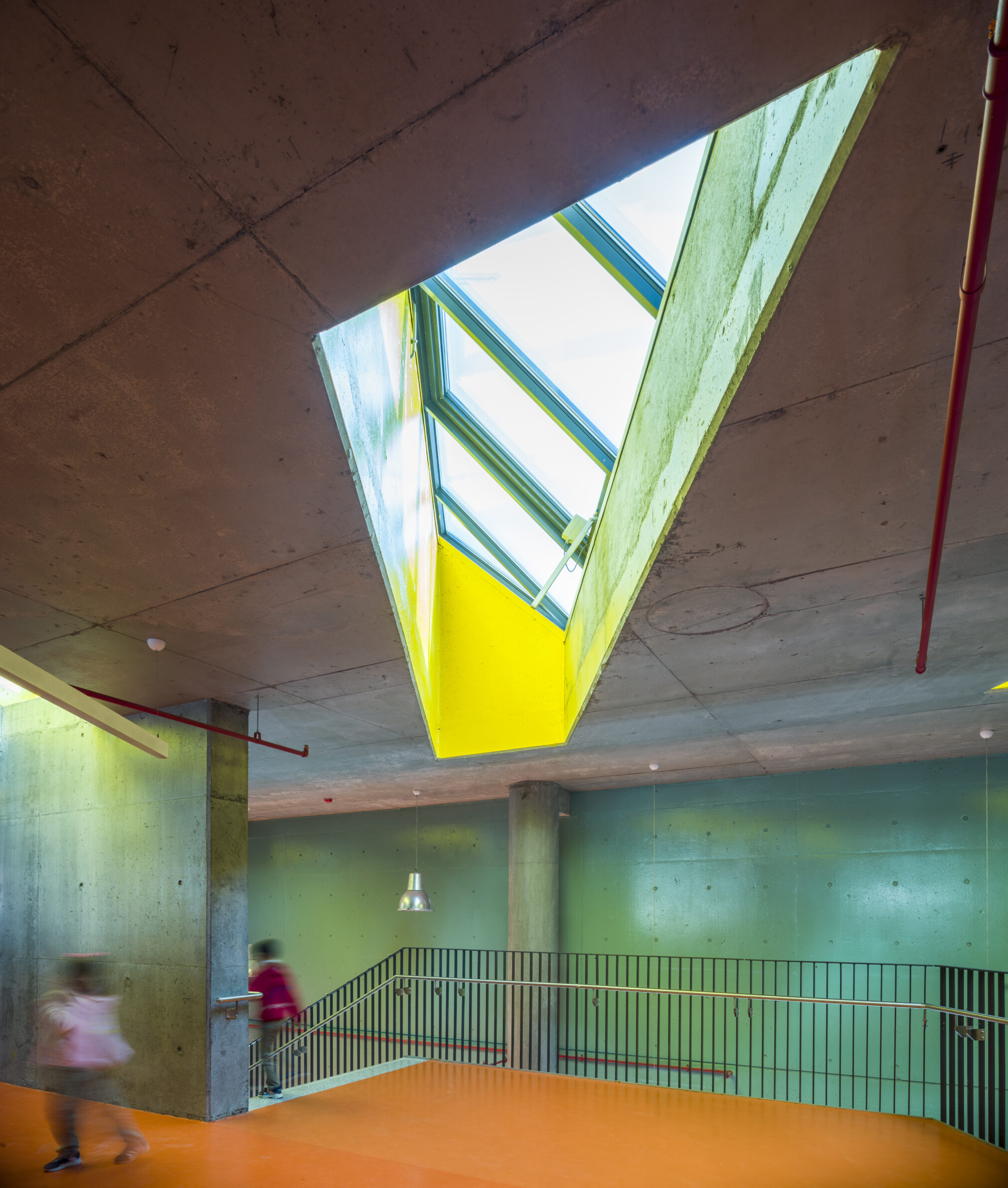
Akş emsettin Primary School, Küçükçekmece, Istanbul
Unique projects with similar tectonics
Within this framework, the Ankara-based Uygur Architects realised nearly 90 school projects in two project packages: “44 School Projects” in Istanbul between 2010-2017 and “45 Public Buildings” since 2015. Uygur’s role in the project was to carry out the architectural design, engineering-design coordination, preparation of construction tender documents and provision of architectural supervision during the construction works. In terms of implementing comprehensive reconstruction and rehabilitation, this project is of great importance with regard to preventing the devastation that an earthquake can cause.
On the other hand, Uygur Architects’ approach to this project is also valuable in other ways. One of these is that by rejecting the request to realise a uniform school project that could be applied to the rest of the schools they have undertaken the responsibility of designing, they managed to ensure that not only their own projects – but also other public-school projects to be built – were not uniform in nature, and that the term “unique” was included in the contracts. They have expressed the idea behind this best themselves: “These schools are of great importance as this is where the majority of our country’s children and young people receive education and training. The fact that this number of school buildings are being renovated at once can be interpreted as a key moment for improving the standards of educational spaces in our country, increasing spatial sensitivity in educational buildings, changing the shells, and creating spaces of freedom for students.
Although the schools within the project are based in Istanbul’s various neighbourhoods, which with very different social structures, they were built with the same standards of design and construction. Each school has been designed in a different way, and efforts were made to ensure that each has its distinct identity. To express the relevant ideas about educational spaces and ensure their feasibility in a limited time, similar building tectonics were designed with different combinations of similar vocabulary, and although they all started with the same philosophy, each school was evaluated separately within its own environmental context, and different identities were created with a different spatial richness. School buildings are places where children confront social space for the first time. For this reason, they are very important in terms of the first interactions with society and the experience of learning from the structural environment.
Uniform school projects, which have been implemented in Turkey for many years, constitute the spatial infrastructure of the idea of raising minds with the same mentality. But schools should create spaces of freedom for children. Thus, their school memories will become a form of infrastructure that literally builds an environmental awareness and eventually makes our cities more liveable.
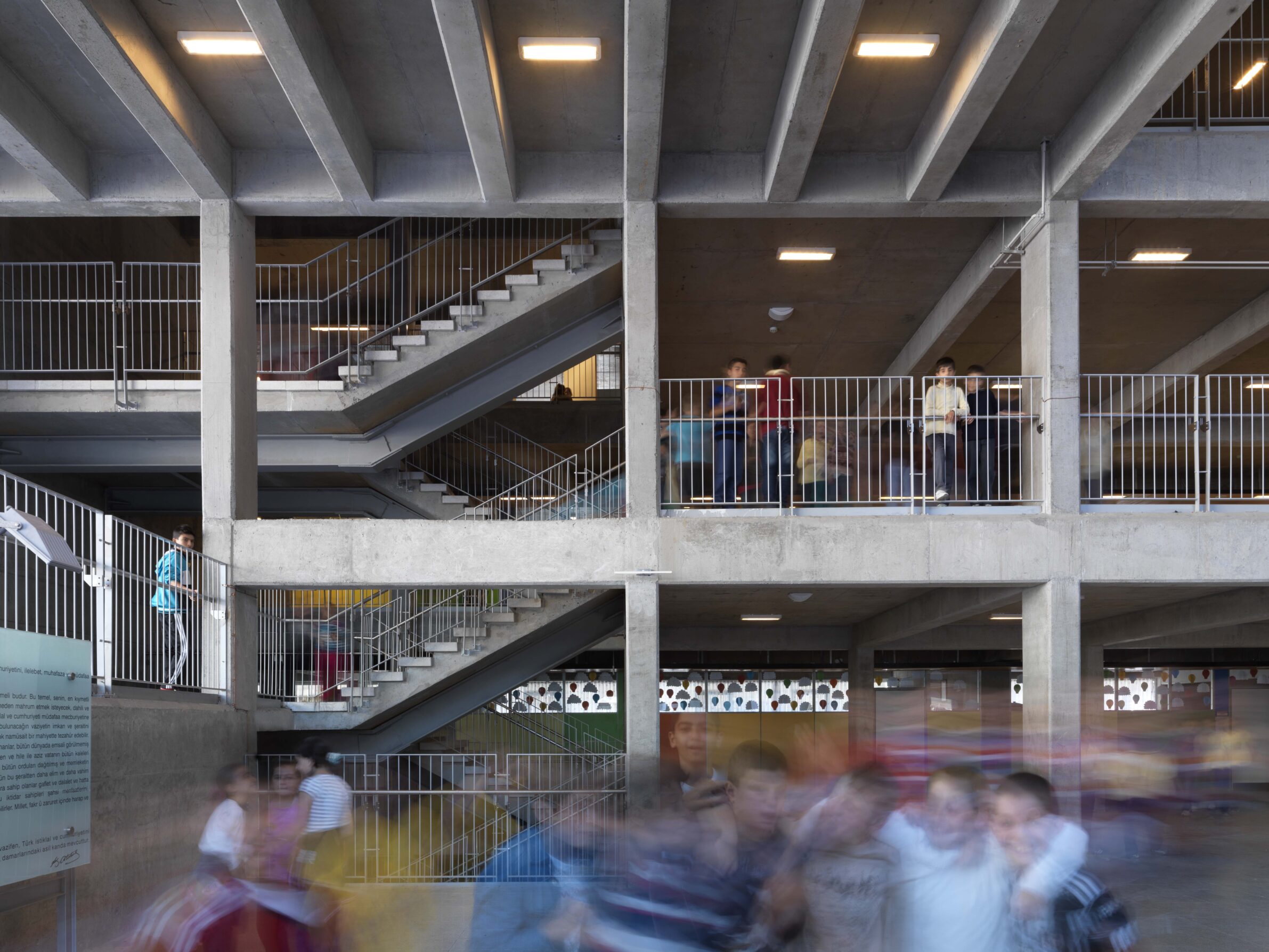
Mehmet Akif Ersoy Secondary School, Eyüp, Istanbul
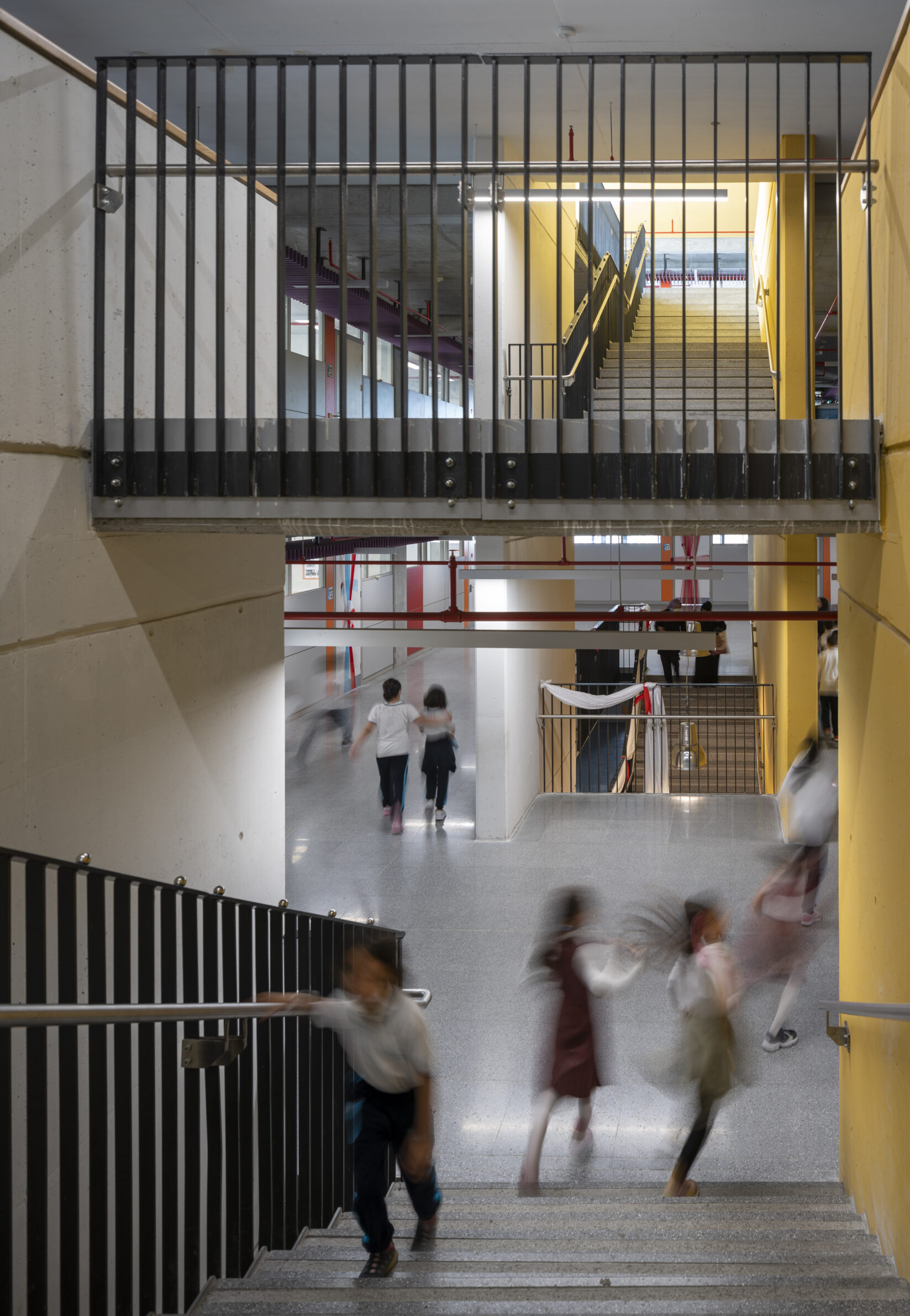
Güneşlitepe Primary School, Güngören, Istanbul
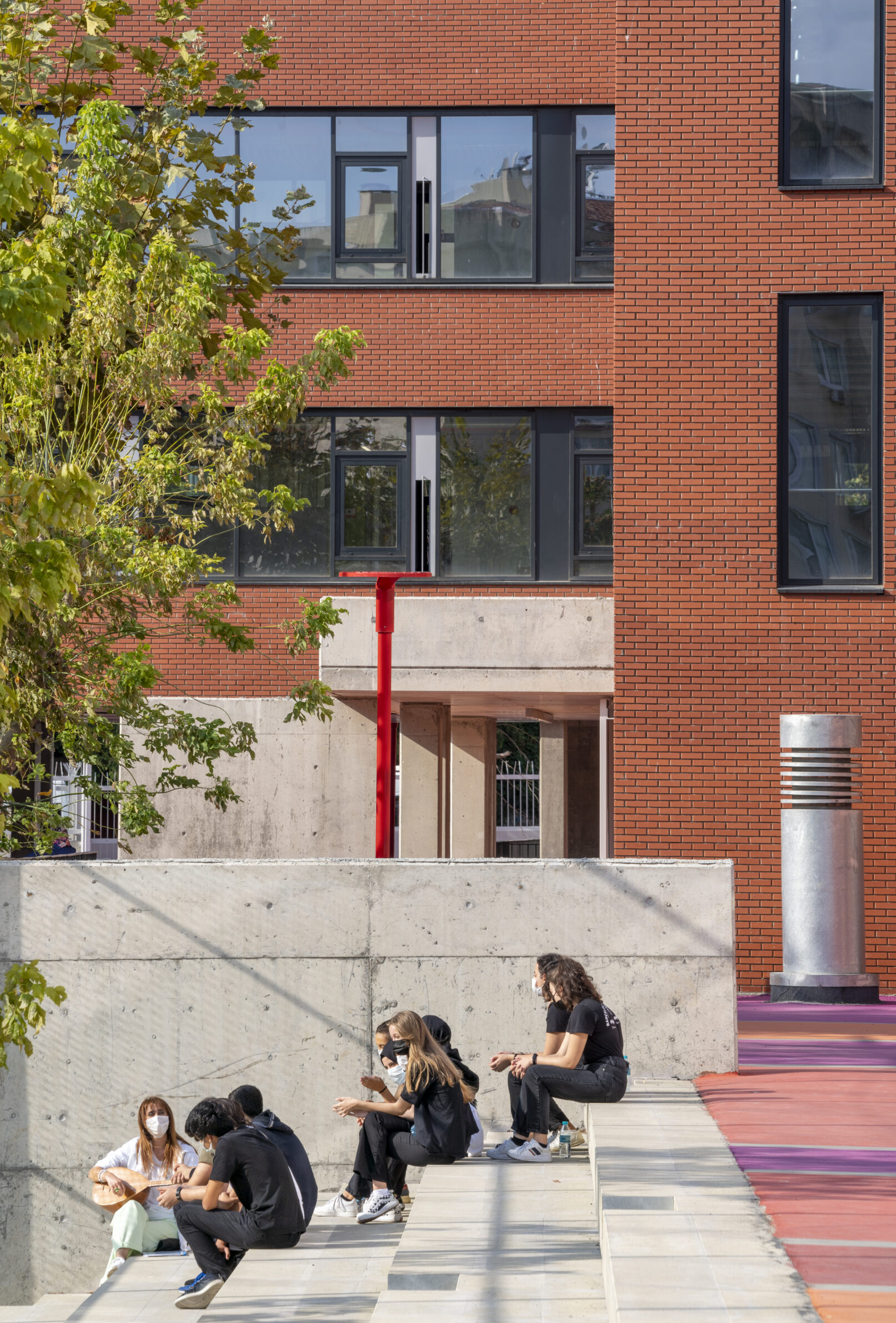
Bahcelievler Anatolian Highschool, Bahçelievler, Istanbul
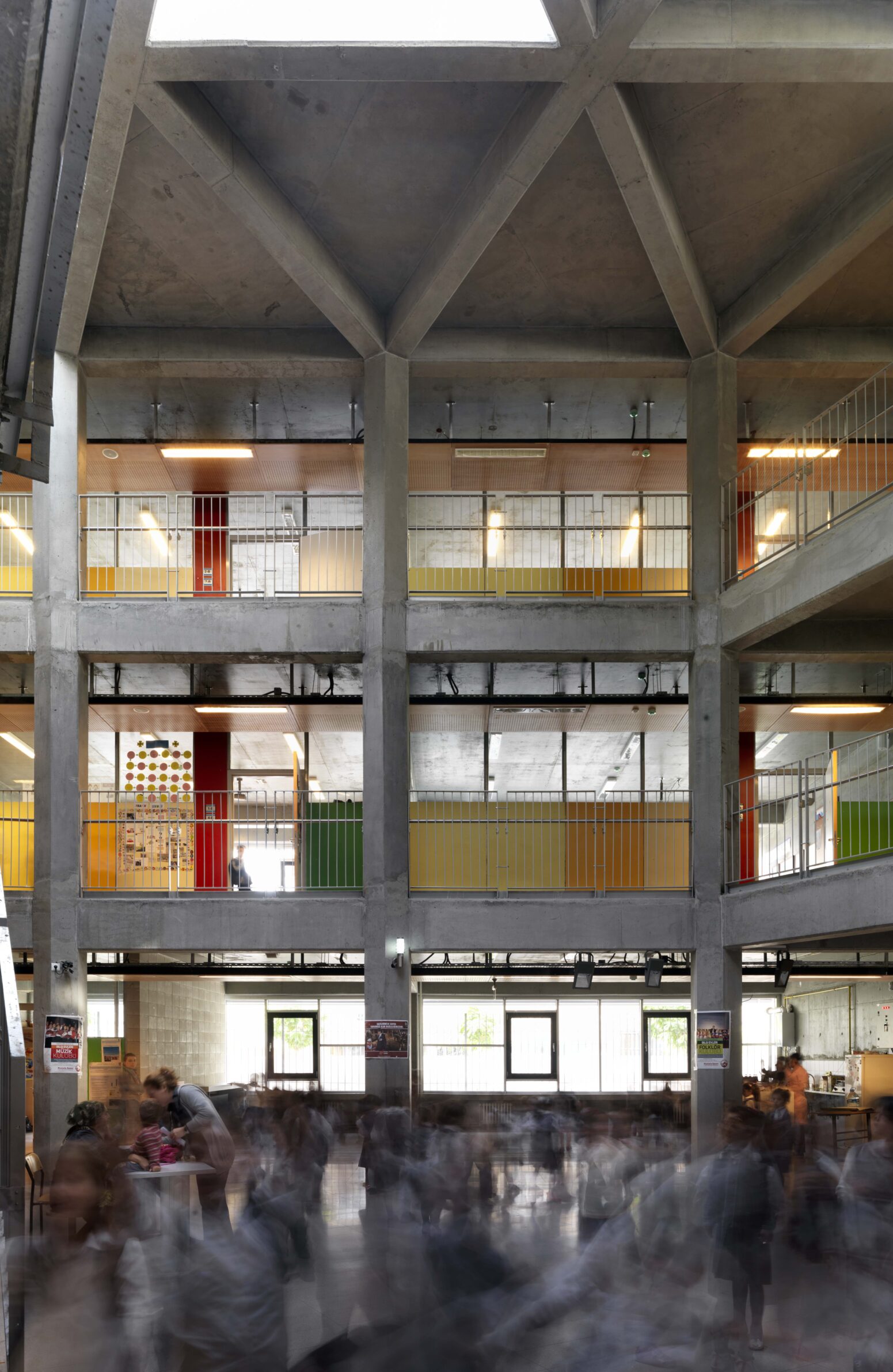
Ali Suavi Primary School, Fatih, Istanbul
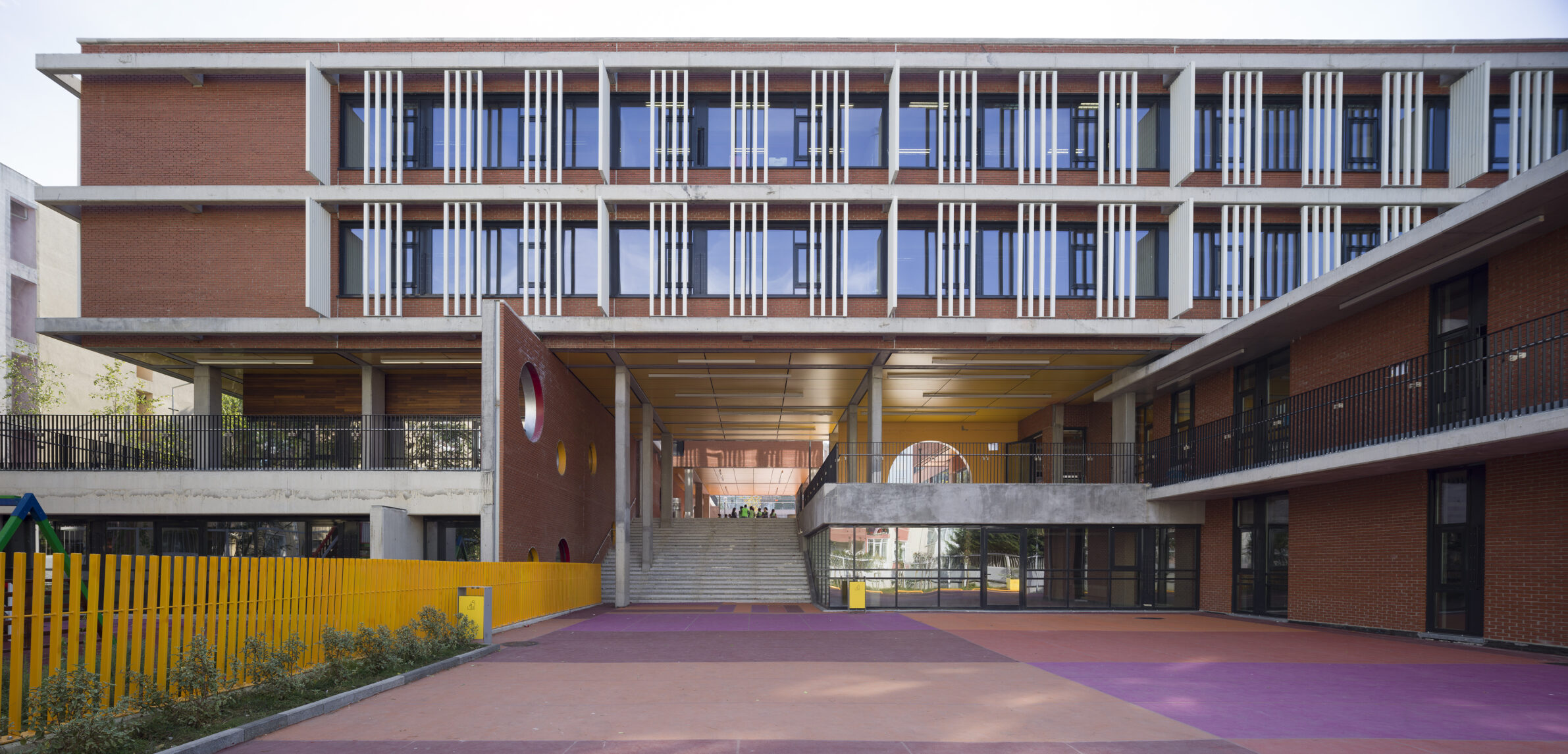
Silivri Anatolian Highschool, Silivri, Istanbul
44 Schools in Istanbul
Location: Istanbul, Turkey
Project-Construction: 2010-2017
Architectural Project: Uygur Architects
Client: Istanbul Project Coordination Unit
Construction Area: 298,727 m²
Architectural Project Team: Semra Uygur, Özcan Uygur; Ayşegül Erin, Berkant Özmen, Dilşad Kurtoğlu, Ebru Can, Emine Kirman, Eser Köken İşleyici, Fatih Yavuz, Güliz Erkan, Hasan Okan Çetin, Havvanur Başağaç, Hüseyin Atakan, İrem Erdinç, Murat K. Aydoğmuş, Necati Seren, Emre Şavural, Özge Evirgen, Seda Kaplan, Serra Aslı Eriç, Sevda Özkan İmamoğlu, Rabia Uçay, Türker Kesiktaş, Zümral Aygüler Kartal
+
45 Public Buildings
Location: Istanbul, Turkey
Project-Construction: 2015-…
Architectural Project: Uygur Architects
Client: Istanbul Project Coordination Unit
Construction Area: 376,927 m²
Architectural Project Office: Uygur Architects
Project Team: Semra Uygur, Özcan Uygur; Güliz Erkan, Necati Seren, Mustafa Kır, Aybüke Deringöz Kır, Rabia Uçay, Kemal Yurtgezen, Ahmet Korkmaz, Erbil Algan, Ceren Tonkal, Taner Keskin, Özlem Kurtçu, Deniz Yıldırım, Nihan Cura, Cebrail Asnuk, Deniz Uygur
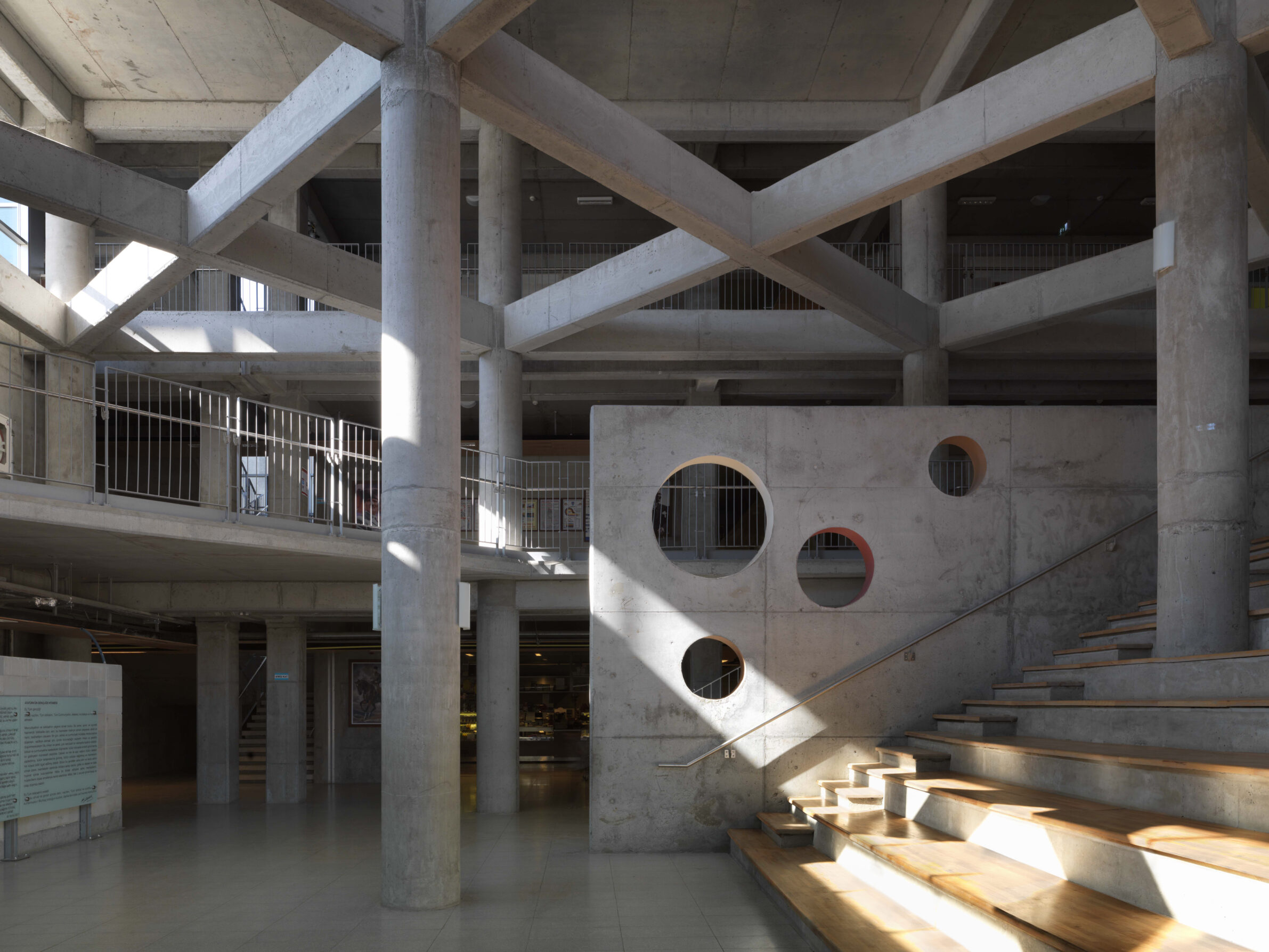
İmece Primary School, Kağıthane, Istanbul
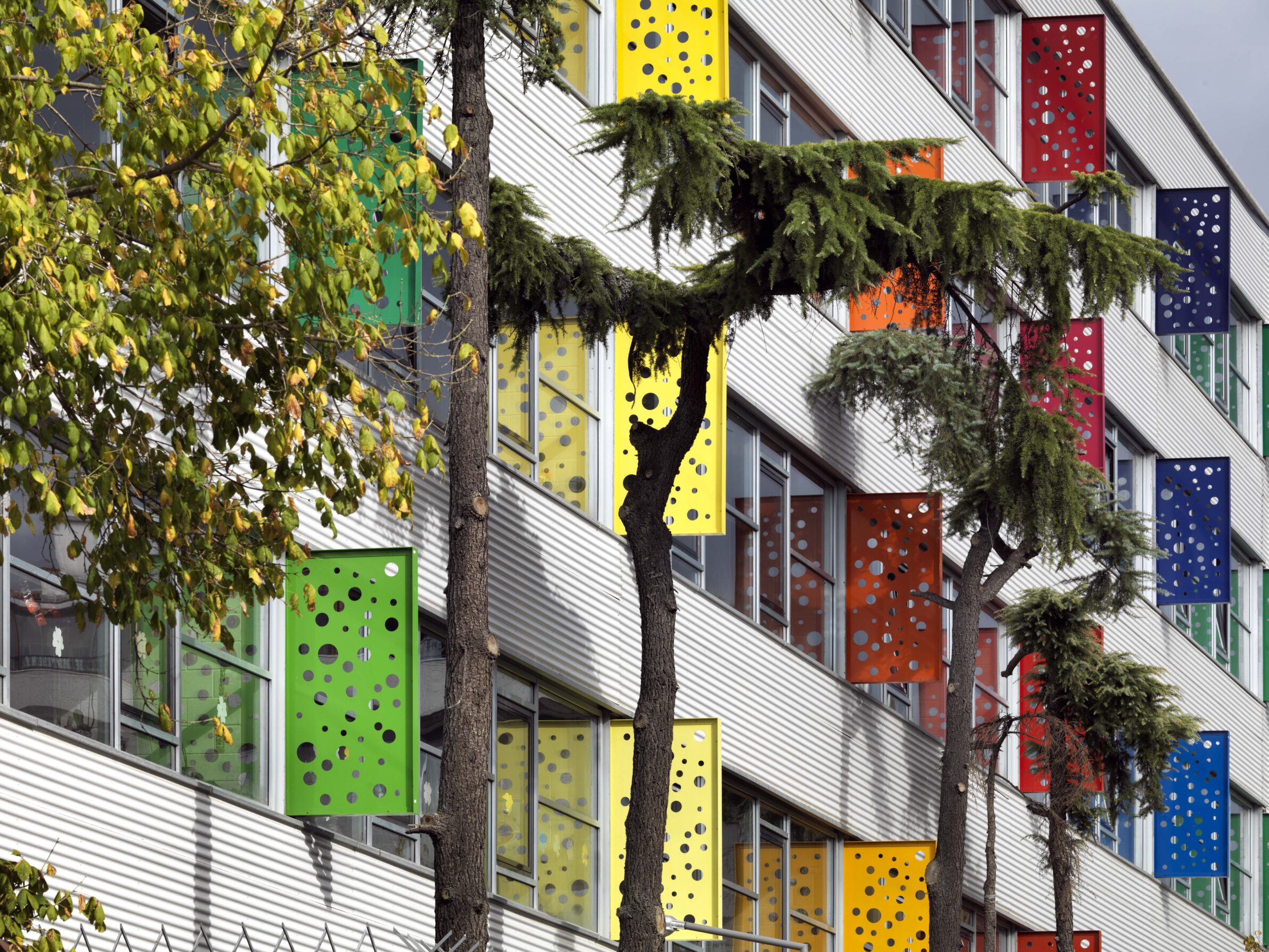
İcadiye Primary School, Üsküdar, Istanbul
Text: Pelin Derviş
Photos: Cemal Emden


